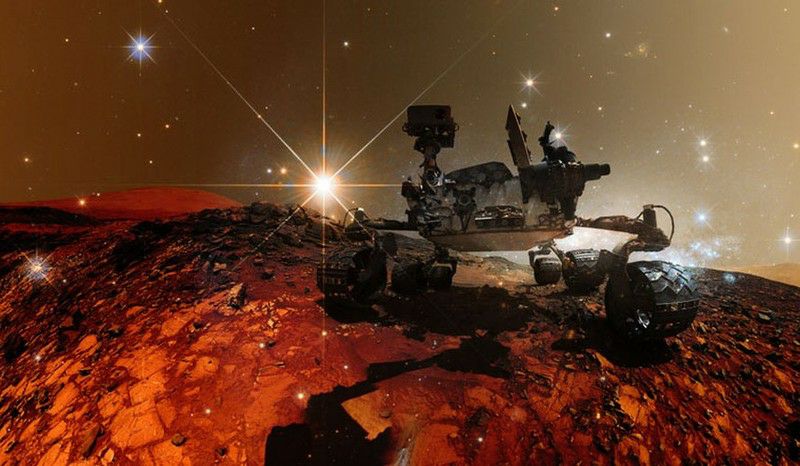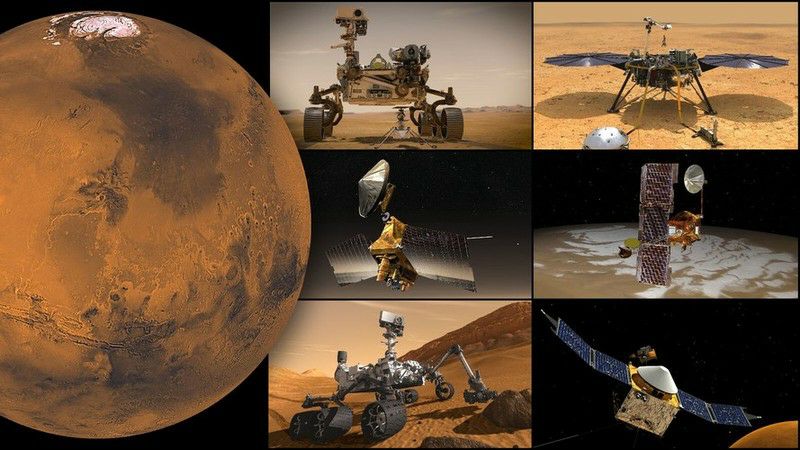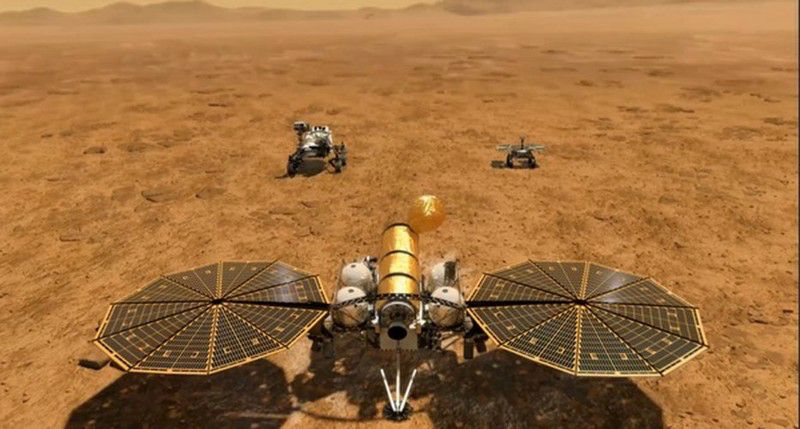“NASA’s Challenges in the Search for Life on Mars.”
According to a study, NASA’s Mars exploration spacecraft face significant challenges in the search for life on the Red Planet. In fact, these exploration vehicles may not have the capability to detect signs of life on Mars.
Nature Communications journal has published the research findings of a team of experts on the potential for finding life on Mars. According to the research team, NASA’s twin Viking spacecraft sent to Mars nearly 50 years ago discovered that the red planet had liquid water on its surface early in its history, about 3 to 4 billion years ago.
The Mars exploration missions have indicated that living organisms may have once existed or may still exist on Mars. In recent years, the scientific community has made efforts to search for life on the red planet. However, NASA’s Viking landers did not detect any clear organic chemicals in the Martian soil, not even in trace amounts.
Even NASA’s Curiosity and Perseverance rovers, which have been exploring Mars, have only found traces of simple organic molecules in the lakebed and ancient river delta on Mars. These compounds are not definitive evidence of past life on the planet.
Meticulous examination of images captured by the Mars Reconnaissance Orbiter satellite and analysis of sedimentary layers containing clay in the Ladon region, located near the central meridian on Mars, revealed the long-term presence of water from about 3.8 billion to 2.5 billion years ago. However, researchers emphasize that this is not definitive evidence of life on Mars.
Scientists explain that if life did exist on Mars billions of years ago, there would be very low levels of organic matter remaining. Therefore, finding signs of life on Mars would be extremely challenging, despite the advanced technologies and modern instruments available to us.
This conclusion was reached by the research team after testing current or potential instruments that could be sent to Mars, along with high-sensitivity laboratory equipment.
Experts analyzed samples taken from the Red Stone, a remnant of a river delta in the Atacama Desert of Chile. This desert is one of the oldest and driest on Earth. The research results indicate that these samples were formed under extremely arid conditions about 100-160 million years ago and closely resemble the Jezero Crater on Mars, which the Perseverance rover is currently exploring.
Using state-of-the-art laboratory techniques, scientists discovered a mixture of bioactive compounds from both extinct and still-living microorganisms in the Red Stone samples. About half of the DNA sequences found at Red Stone originated from “dark biosphere” microorganisms, which are bacteria that researchers have not accurately described.
Meanwhile, prototype tests of existing or planned instruments, including a device that is more than 10 times more sensitive than the one on the Curiosity rover, barely detected any organic life signs in the Red Stone samples.
From these findings, experts have concluded that Mars exploration spacecraft will face difficulties, if not impossibilities, in detecting traces of life that may have existed on the red planet billions of years ago.
Hits: 1















